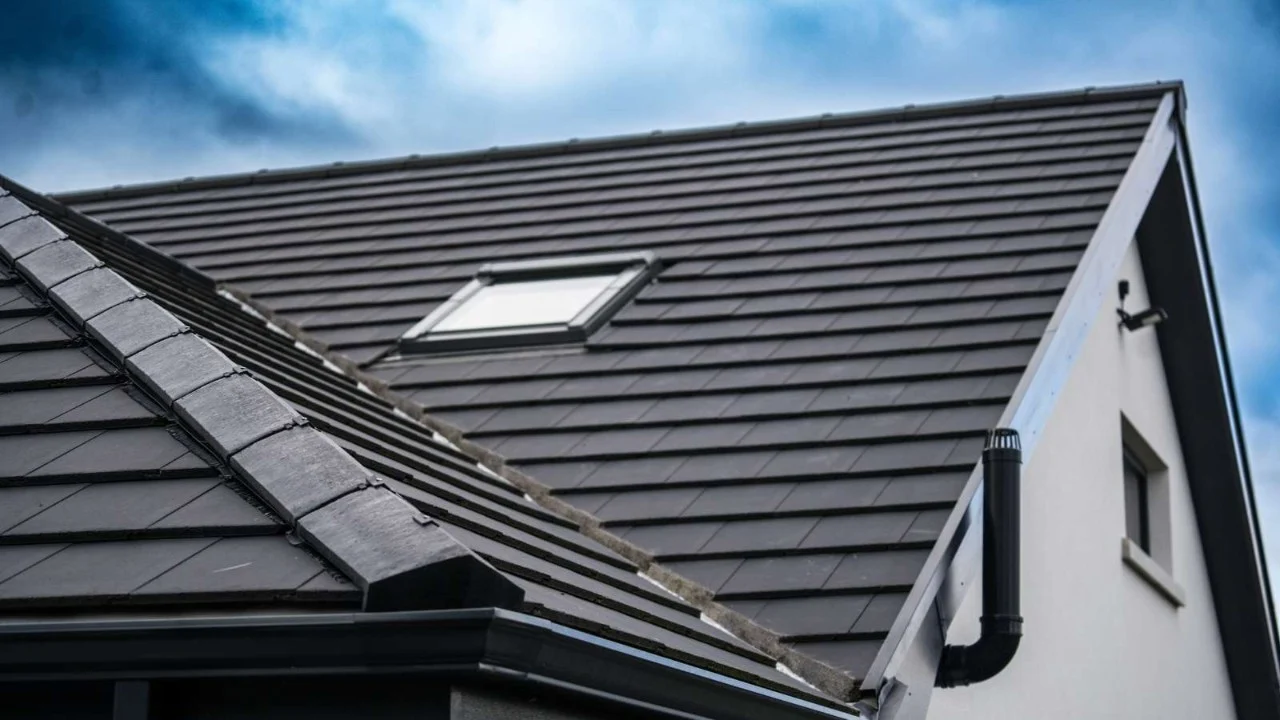The Essential Guide to Roof Tiles: Choosing the Right Option for Your Home

When it comes to roofing, the choice of materials can greatly affect the aesthetic appeal, durability, and energy efficiency of your home. Among the various roofing materials available, roof tiles stand out as a popular option for homeowners and builders alike. In this guide, we’ll explore the different types of roof tiles, their benefits, installation considerations, and maintenance tips to help you make an informed decision.
What Are Roof Tiles?
Definition and Purpose
Roof tiles are durable materials used to cover roofs, designed to shed water and protect the underlying structure from the elements. They come in a variety of shapes, sizes, and materials, providing both functionality and aesthetic appeal.
History of Roof Tiles
Roof tiles have been used for centuries, dating back to ancient civilizations in China, Greece, and Rome. Over time, their design and materials have evolved, but their primary function of protecting homes has remained unchanged.
Types of Roof Tiles
Clay Roof Tiles
Clay tiles are one of the most traditional and sought-after roofing materials. Made from natural clay, these tiles are baked in kilns, resulting in a durable product that can last for over a century.
- Benefits:
- Excellent durability and resistance to fire, rot, and insect damage.
- Exceptional thermal properties, keeping homes cooler in the summer and warmer in the winter.
- Aesthetic appeal with a classic look that complements various architectural styles.
- Considerations:
- Heavier than other roofing materials, requiring a sturdy underlying structure.
- Higher initial cost compared to other roofing options.
Concrete Roof Tiles
Concrete tiles are made from a mixture of sand, cement, and water, making them a versatile and cost-effective option.
- Benefits:
- Highly durable and resistant to extreme weather conditions.
- Available in various colors and styles, mimicking the appearance of clay tiles.
- Lower cost than clay tiles while still offering similar benefits.
- Considerations:
- Heavier than asphalt shingles, necessitating reinforced roofing structures.
- Prone to color fading over time, especially in areas with intense sunlight.
Slate Roof Tiles
Slate tiles are made from natural stone and are known for their elegance and longevity.
- Benefits:
- Extremely durable, often lasting over a century with proper maintenance.
- Fire-resistant and eco-friendly, as they are sourced from natural materials.
- Available in a variety of colors, adding character to any home.
- Considerations:
- High initial cost and complex installation process, often requiring skilled professionals.
- Heavy, which may require additional structural support.
Metal Roof Tiles
Metal roofing tiles, often made from steel, aluminum, or copper, have gained popularity for their modern aesthetic and longevity.
- Benefits:
- Lightweight and durable, with a lifespan of 40-70 years.
- Highly resistant to weather, fire, and insects.
- Energy-efficient, reflecting sunlight and reducing cooling costs.
- Considerations:
- Initial costs can be higher than traditional materials, although they may save money over time.
- Noise during rain or hail can be a concern, although insulation can mitigate this.
Installation Considerations
Professional vs. DIY Installation
While some homeowners may consider installing roof tiles themselves, hiring a professional is often advisable due to the complexity and safety considerations involved. A skilled contractor will ensure proper installation, which is crucial for the roof’s longevity and effectiveness.
Structural Requirements
Before installation, it’s essential to evaluate your home’s structural integrity. Some tiles are heavier than others and may require reinforcements to support the additional weight.
Local Building Codes
Always check local building codes and regulations regarding roofing materials. Some areas may have restrictions on certain types of tiles, particularly in fire-prone zones.
Maintenance of Roof Tiles
Regular Inspections
Conduct regular inspections of your roof, especially after severe weather. Look for signs of damage, such as cracked or missing tiles, and address any issues promptly to prevent further complications.
Cleaning
Debris, moss, and algae can accumulate on roof tiles, particularly in damp or shaded areas. Regular cleaning, using a soft brush or a pressure washer on a low setting, can help maintain their appearance and functionality.
Repairs
If you notice damaged or broken tiles, replace them as soon as possible. Most tiles can be easily removed and replaced without needing to replace the entire roof.
Conclusion: Choosing the Right Roof Tiles for Your Home
Roof tiles are a beautiful and functional choice for homeowners looking to enhance their property’s aesthetics and durability. With options ranging from traditional clay and slate to modern metal, there’s a tile to suit every taste and budget. By understanding the different types of roof tiles, their benefits, installation considerations, and maintenance needs, you can make an informed decision that ensures your home remains protected and stylish for years to come. So, whether you’re building a new home or renovating your current one, consider the timeless appeal and reliability of roof tiles as your roofing solution.



